SUMMARY
This is AI generated summarization, which may have errors. For context, always refer to the full article.
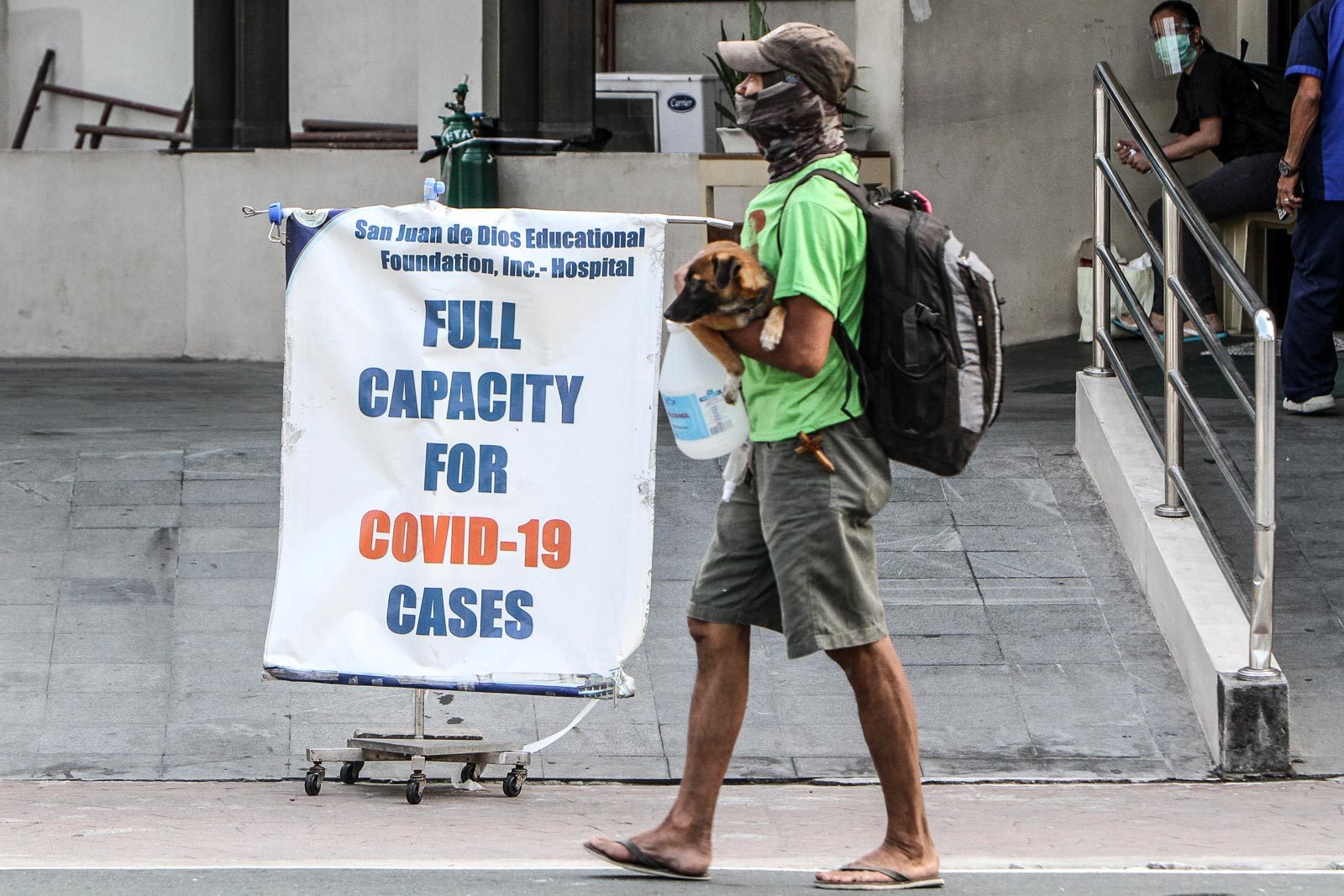
MANILA, Philippines – How are presidential bets planning to tackle the biggest challenge they would face – ending the COVID-19 pandemic – if elected leader of the Philippines in May 2022? Most aspirants’ strategies so far hinge on constructing more health facilities and restoring “dignity” to the health care profession.
In an election season held amid a raging health crisis, presidential aspirants drew emphasis on the two approaches, placing a premium on two aspects of the government’s current pandemic response that have starkly affected Filipinos. At every COVID-19 surge the country has faced, scenes of overburdened hospitals, exhausted health workers, and a public forced to navigate ways to secure limited hospital beds have seen frustration mount more than two years on.
During the KBP presidential forum on Friday, February 4, presidential bets zoned in on this, emphasizing plans to build more hospitals and increase the salary of workers to boost morale in the sector and improve access to care for Filipinos. The aspirants had been asked one question relating to healthcare during the three-hour forum, aside from reciting plans presented in their presidential platforms.
Here’s how they responded:
Vice President Leni Robredo
- Each region and province should have its own hospital that could provide the care of specialists, saying the absence of such facilities was life-or-death for poor Filipinos.
- Equip each barangay with a functioning health center and “strengthen community-based health programs.”
“Kapag walang kakayahang pumunta sa Manila, ang nangyayari, namamatay na lang (If they can’t afford to go to Manila, what happens is they [poor Filipinos] just die),” Robredo said.
Manila Mayor Isko Moreno
- Vowed to expand his Manila City-based program of constructing and upgrading hospitals. Moreno said he would do this in the first 1,000 days of his administration.
- Proposed to raise health workers salaries, although left out details on how much the sector could expect.
“Kung ano ang ginawa natin sa bagong Ospital ng Maynila, gagawin natin sa 17 rehiyon…. Makakapagpatayo ng 17 bagong Ospital ng Maynila, 10-story, fully airconditioned, fully-equipped hospital para sa publiko,” he said.
(We’ll do in the 17 regions what we did for the new Ospital ng Maynila. We’ll build 17 new Ospital ng Maynila-equivalents, 10-story, fully airconditioned, fully-equipped hospitals for the public.)
Senator Manny Pacquiao
- Proposed to have medical facilities in each of the over 42,000 barangays, as well as tertiary hospitals in each city and province.
Labor leader Leody De Guzman
- Spoke of the need for government, not private sector, to allocate funds to build fully-equipped hospitals in provinces
- Pushed to strengthen the agriculture sector, linking it to the health of Filipinos
- Encourage students to become health care professionals.
Senator Panfilo Lacson
- Provide P260 billion to fund the universal healthcare law (UHC law) for full implementation.
- Craft “dignified” salary and benefits for health workers, but also left out details on what the sector may be able to expect.
Lacson, a seasoned lawmaker, pointed to the UHC law which envisioned creating a primary care network that could help patients navigate the country’s health system by assigning each one a primary care physician.
“Ang aim nito one hospital bed per 800 population. Sa isang rural health unit, bawat 20,000 population, isang barangay health station sa bawat barangay na kumpleto na merong health workers,” Lacson said.
(The goal of this is to have one hospital bed per 800-population. One rural health unit for 20,000-population, one health station with enough health workers for each barangay.)
While plans to build hospitals and ensure adequate pay for health workers have been among demands of the sector for years, little detail was given on what presidential aspirants would do to raise salaries in the health sector where low wages have forced thousands of health professionals to seek better work abroad. Proposals to add more hospitals and hospital beds in the country would fall short without enough health workers to keep them functioning,
The 2022 bets’ plans presented on Friday likewise left out proposed strategies to address other crucial pillars of responding to COVID-19, such as ramping up access to testing, improving ventilation in public spaces, strengthening contact tracing and vaccination, as well as securing access to drugs for treatment.
Experts had earlier urged the government to focus on these efforts, which they underscored could help mitigate the effects of the virus in the immediate term and help prepare the Philippines for future health emergencies. – Rappler.com
Add a comment
How does this make you feel?

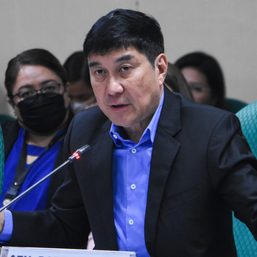

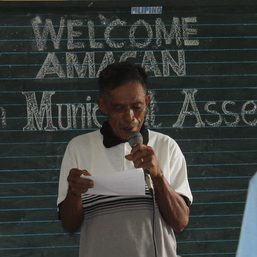
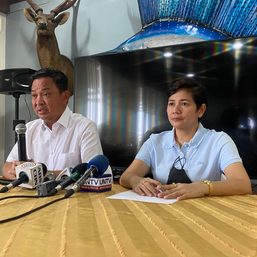
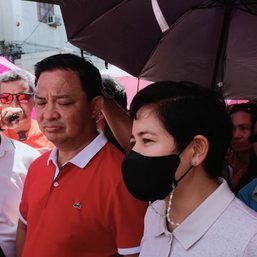
![[Newspoint] Improbable vote](https://www.rappler.com/tachyon/2023/03/Newspoint-improbable-vote-March-24-2023.jpg?resize=257%2C257&crop=339px%2C0px%2C720px%2C720px)
![[Newspoint] 19 million reasons](https://www.rappler.com/tachyon/2022/12/Newspoint-19-million-reasons-December-31-2022.jpg?resize=257%2C257&crop=181px%2C0px%2C900px%2C900px)
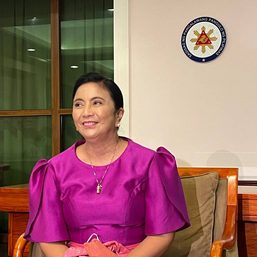



![[Rappler’s Best] US does propaganda? Of course.](https://www.rappler.com/tachyon/2024/06/US-does-propaganda-Of-course-june-17-2024.jpg?resize=257%2C257&crop=236px%2C0px%2C720px%2C720px)





![[ANALYSIS] Hippocrates and hypocrites](https://www.rappler.com/tachyon/2024/07/TL-medical-ethics-june-27-2024.jpg?resize=257%2C257&crop=314px%2C0px%2C720px%2C720px)



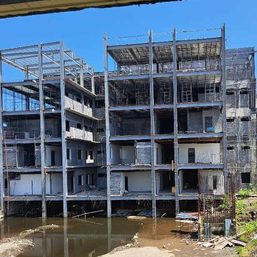


There are no comments yet. Add your comment to start the conversation.